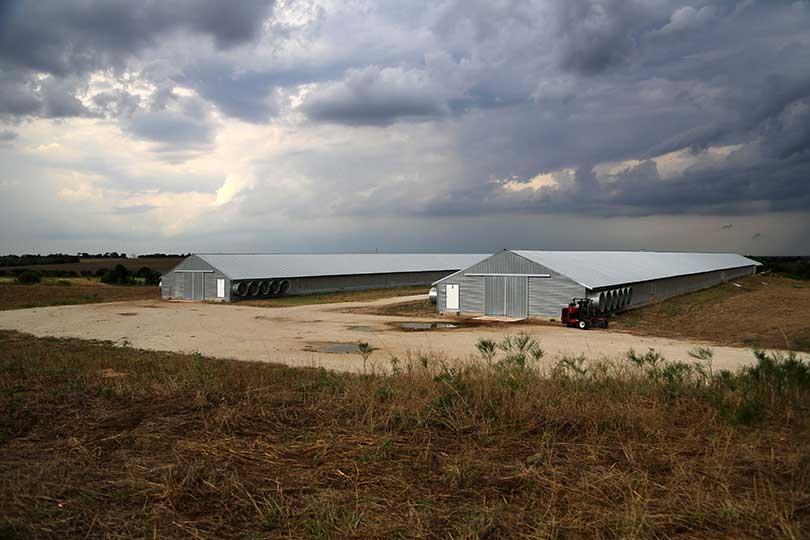Since 2022, the U.S. poultry industry has been battling a particularly persistent strain of avian influenza, and more than 100 million birds have been affected over the last two-and-a-half years.
Bernt Nelson, an economist with the American Farm Bureau Federation (AFBF), said turkeys and egg layers have been hit the hardest.
“Avian influenza continues to be a problem. We’ve had 3.5 million birds affected this October,” he said. “Egg layers and turkeys are still the greatest impacted by this. But broiler flocks tend to benefit from being tucked away a little bit from the Central and Pacific flyways.”
Nelson noted 73 million egg layers have been affected overall, and this has resulted in some volatility in egg prices.
According to data provided by the U.S. Department of Agriculture’s (USDA) Economic Research Service, the January-September 2024 average retail price for eggs is $2.99 per dozen, up 7% from 2023. AFBF economists noted it’s likely that egg prices will continue to show volatility related to the impacts of HPAI.
“If we look at turkeys, we’ve had over 14 million turkeys affected by the virus. So, production for turkeys is down about 6% from last year,” he said.
The response to avian influenza from the USDA’s Animal and Plant Health Inspection Service has been effective, Nelson said.
“On the poultry side of things, we had regionalization. We still see the spread of the virus, but overall, the biosecurity efforts that they put in place have kept the poultry industry functioning,” he said.
USDA officials stress the importance of food safety, and the risk HPAI presents to the public is low. But the virus will likely continue to cause some supply-driven price volatility in turkey and eggs.
More information on H5N1 and the response is available at fb.org/marketintel.


Leave A Comment